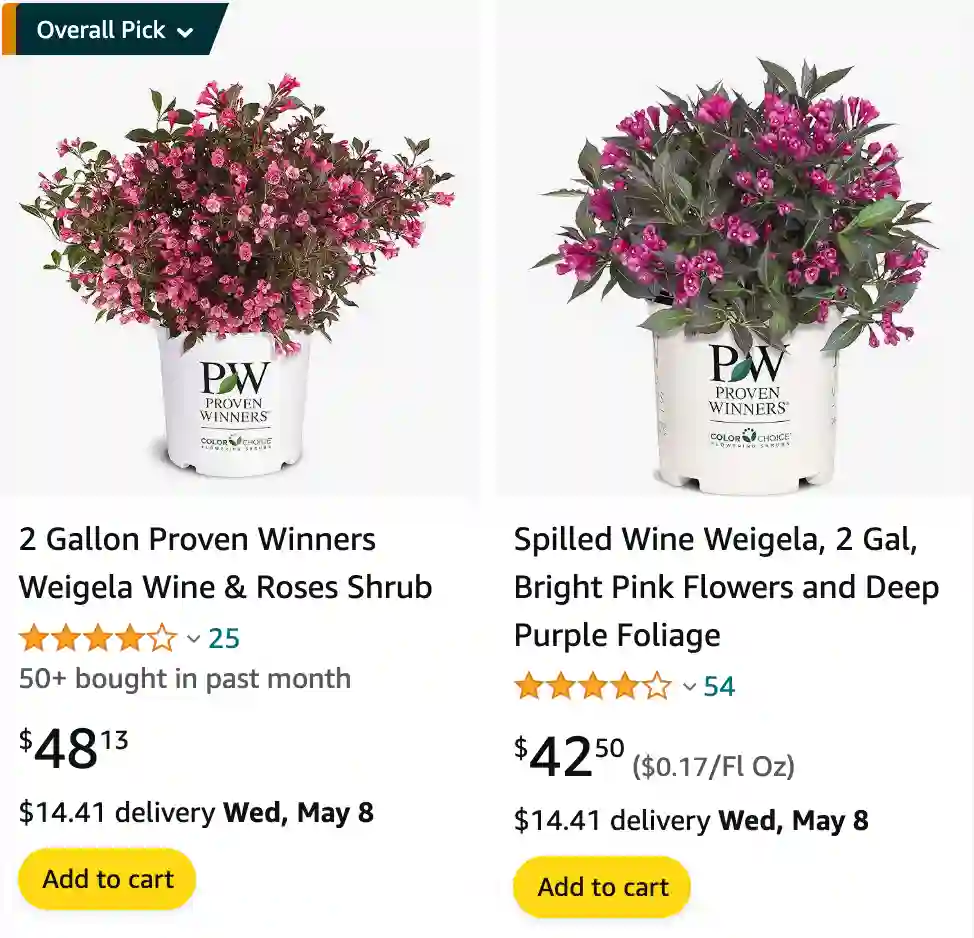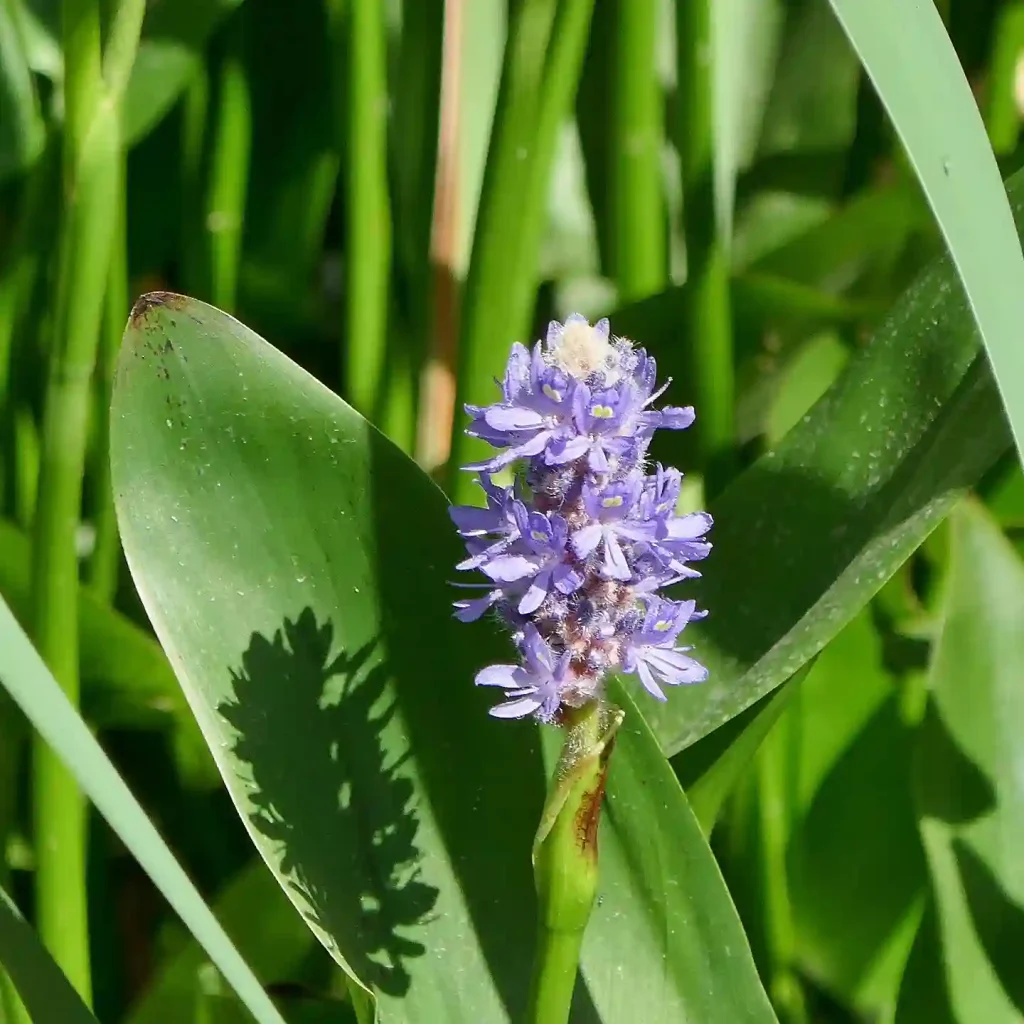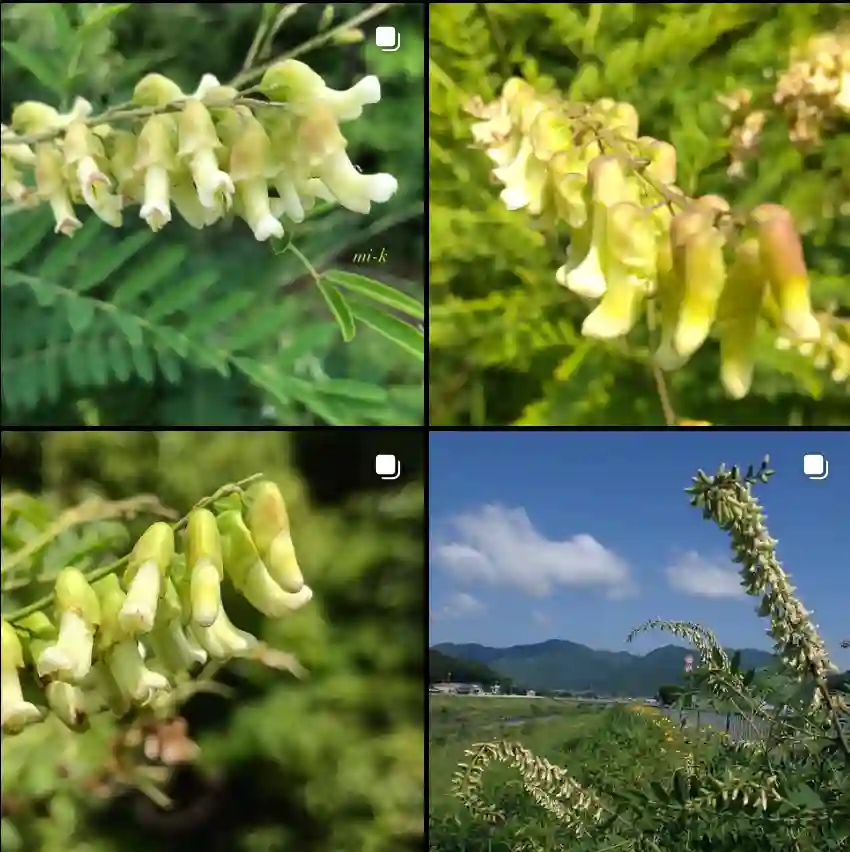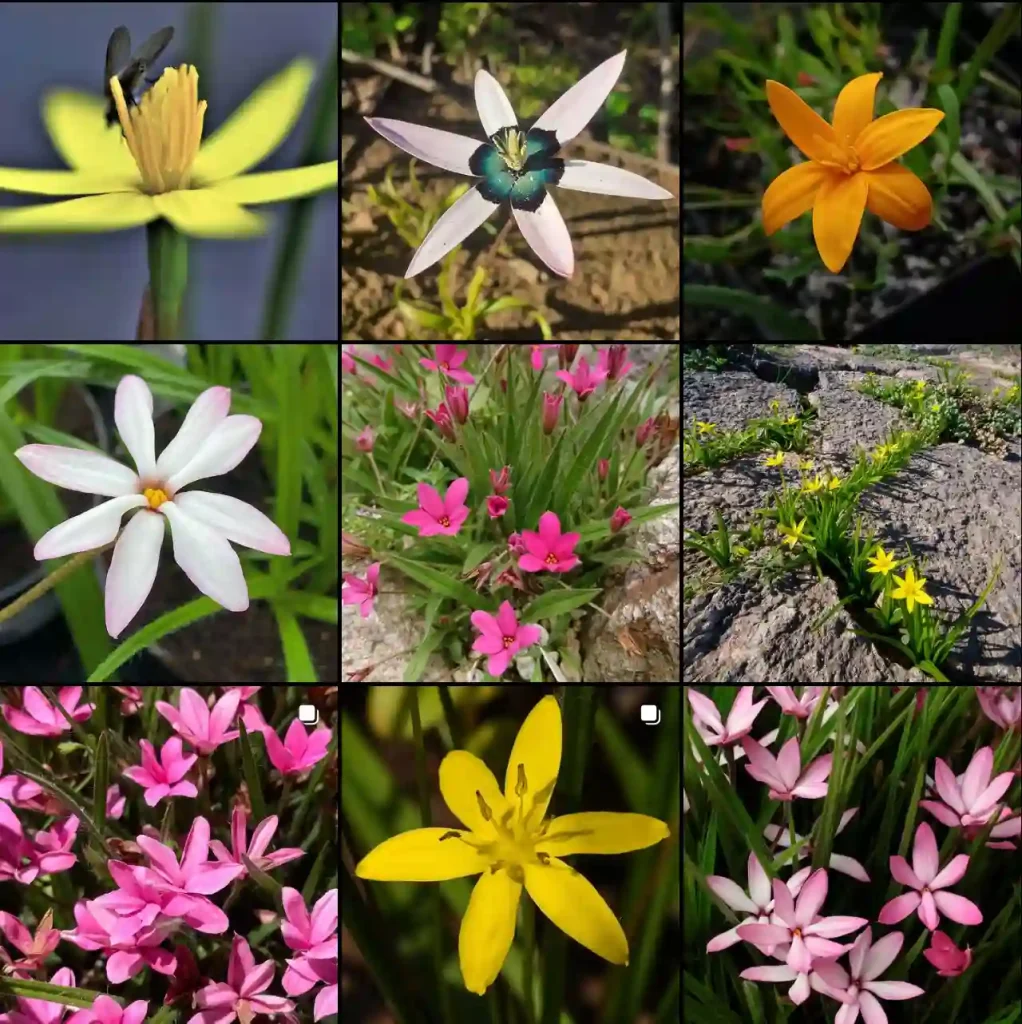
January 2 – Weigela
“Born on January 2, you share your day with the enchanting Weigela.”
Weigela's bell-shaped flowers symbolize a vibrant spirit. You are charismatic and lively, drawing people toward your energy. Just as this plant adds bursts of color to gardens, you illuminate the lives of those around you.
My Love Affair with Weigela
The first time I saw a Weigela in full bloom, I was captivated. It was like stumbling upon a hidden jewel box overflowing with vibrant gems. The sheer profusion of blossoms, ranging from delicate pinks to fiery reds, against the backdrop of lush green foliage, was simply breathtaking. Since that day, I, Ferb Vu, have been a devoted admirer of this captivating genus.
Weigela, a member of the Caprifoliaceae family, is a genus of deciduous shrubs native to East Asia. These hardy plants are celebrated for their profuse blooms that appear in late spring and early summer, adding a splash of color to any garden. The flowers, typically funnel-shaped or bell-shaped, attract a myriad of pollinators, including bees and hummingbirds, with their nectar-rich blossoms.
A Diverse Genus
- Weigela florida: Perhaps the most popular species, Weigela florida boasts an array of cultivars with varying flower colors and sizes. Plant FAQs: Weigela Florida
- Weigela coraeensis: This species is distinguished by its large, showy flowers and its ability to tolerate some shade.
- Weigela hortensis: Native to Japan, Weigela hortensis features deep pink flowers and attractive foliage.
- Weigela japonica: Another Japanese native, Weigela japonica is known for its compact size and profuse blooms.
- Weigela decora (Nakai) Nakai
- Weigela floribunda (Siebold & Zucc.) K.Koch
- Weigela × fujisanensis (Makino) Nakai
- Weigela maximowiczii (S.Moore) Rehder
- Weigela middendorffiana (Carrière) K.Koch
- Weigela suavis (Kom.) L.H.Bailey
- Weigela subsessilis (Nakai) L.H.Bailey
When to prune weigela? Can i prune weigela in october?
When it comes to pruning my weigela, I’ve learned the hard way that late spring, right after it’s finished flowering, is the best time. Once, I mistakenly pruned earlier in the year, and let’s just say the flower show that summer was pretty disappointing. It turns out the weigela blooms on branches from the previous year, so a snip-happy hand in early spring can mean sacrificing those beautiful blooms come summertime. Now, I wait patiently until after the flowering magic and then I get to shaping without worrying about cutting off next year’s display.
As for October pruning, I’m a bit hesitant. I’ve read that it can be done for shaping purposes, but with winter just around the corner, I worry it might stress the plant out. Plus, there’s always the chance of missing some particularly cold snaps that could damage any fresh cuts. Maybe for a very light trim in a particularly warm October, but otherwise, I’d rather wait until late spring for a more substantial prune.
How to pronounce weigela?
Admittedly, “weigela” always trips me up a bit when it comes to pronunciation. It’s one of those plant names that looks deceptively simple! The way I’ve gotten it to stick in my head is to break it down into two parts: “why” like in “why not” and “gee-la” like saying “gee, look at those pretty flowers!” It might sound a little silly at first, but saying it out loud a few times in that silly way definitely helped me remember the correct pronunciation.
Of course, I’ve heard some folks say it with a more “v” sound at the beginning, like “vaye-gela.” Apparently, that’s closer to the original German pronunciation. But honestly, no matter if you say “why-gee-la” or “vaye-gee-la,” as long as the person you’re talking to knows what beautiful flowering shrub you’re referring to, that’s all that matters!
Is weigela deer resistant?
Absolutely! My weigela bush is a trooper when it comes to deer. We have a few deer that like to wander through the yard sometimes, and they’ve definitely munched on some of my hostas in the past. But the weigela? They don’t even seem the slightest bit interested. Maybe it’s the fuzzy texture of the leaves, or perhaps there just tastier options out there for them. Whatever the reason, my weigela gets to keep its beautiful blooms year after year without any deer drama. It’s a huge relief, especially since deer can be such destructive garden visitors!
When do weigela bloom?
My weigela puts on a stunning show in late spring, usually around May or June. That’s when the branches from the previous year explode with blooms! It’s like a magical pink (or sometimes white or even red, depending on the variety) confetti party. But the best part? Weigela can be a bit of a double bloomer. After that initial main flush of flowers, I sometimes get a bonus show of blooms again in the summer on the new growth. It’s like a little surprise encore performance by the weigela bush! So, depending on the variety and the weather, you can enjoy weigela blooms for a good chunk of the spring and summer.
Is weigela evergreen?
Nope, my weigela definitely isn’t an evergreen. It’s one of the things I love about it though – the seasonal transformation! Come fall, the leaves put on a bit of a show themselves, turning beautiful shades of red and orange before dropping for the winter. It’s a nice little farewell before the snow (or in my case, the cooler weather) arrives. While the bare branches in winter might seem a bit boring, it actually gives the weigela a chance to rest up before putting on its springtime flower extravaganza again. Plus, the bare branches can have a certain wintery charm, especially when dusted with a bit of snow.
Can a severe pruning kill a weigela shrub?
Absolutely! Weigela bushes are tough, but they don’t appreciate a major haircut all at once. I learned this the hard way a few years back. I had this crazy idea to completely revamp the shape of my weigela, and I went a little overboard with the pruning shears. Let’s just say the following spring was pretty sad. The bush looked weak and scraggly, and barely produced any flowers. It took a good two seasons for it to recover completely.
Now, I stick to the rule of thirds: never prune more than a third of the plant’s branches in a single go. Even with a smaller prune, I try to focus on removing dead or diseased branches and shaping lightly. It’s always better to err on the side of caution. A healthy weigela with some thoughtful pruning is a happy weigela, and a happy weigela means beautiful blooms come springtime!
How long do weigela live?
Weigelas aren’t exactly known for their longevity. In my experience, they tend to be more on the fast-aging side. I’ve noticed that after a good 10 or 15 years, the flowering can get a bit skimpy, with some branches looking a bit tired and woody. While you can prune to encourage new growth and maybe extend their lifespan a bit, there’s a limit.
That’s why I try to enjoy them for what they are – beautiful, relatively low-maintenance shrubs that put on a fantastic floral display for a good chunk of their lives. Plus, the good news is that weigelas are pretty easy to propagate from cuttings. So, even if the old bush eventually needs replacing, you can keep the weigela spirit alive in your garden with a new generation grown from your favorite plant.
Is weigela poisonous to dogs?
You can rest easy knowing your furry friend is safe around weigela! Thankfully, weigela isn’t poisonous to dogs. Unlike some other flowering shrubs, you don’t have to worry if your pup decides to take a nibble on the leaves or flowers. This is a huge plus for me since my dog, Charlie, is a curious explorer, and sometimes that exploration involves his mouth. With weigela, I can relax a bit knowing it’s not a toxic plant.
Of course, even though weigela is safe, it’s always a good idea to keep an eye on your dog to avoid them eating excessive amounts of any plant material. But overall, weigela is a dog-friendly choice for your garden!
How to care for weigela?
Caring for my weigela isn’t too demanding, but there are a few key things I’ve learned to keep it happy and blooming beautifully. Here’s my weigela care routine:
- Watering: Especially when newly planted, consistent watering is key. After that, they’re pretty drought tolerant, but I’ll give them a good soak during dry spells.
- Feeding: A single feeding in early spring with a slow-release fertilizer for trees and shrubs seems to do the trick.
- Pruning: I wait until just after the spring flowering frenzy is over to prune. That way, I’m not accidentally cutting off next year’s blooms. I focus on removing dead or diseased branches and keeping the shape in check, following the rule of thirds – never prune more than a third of the plant at once.
- Location: Weigelas like some sun, but afternoon shade in hot climates can be a good thing. Well-drained soil is a must, so I amended my planting bed with compost to help with that.
With a little TLC, weigelas are a rewarding addition to any garden. They’re not fussy, they come in pretty colors, and they put on a fantastic flower show – what’s not to love?
When to fertilize weigela?
In my experience, the best time to fertilize my weigela is just once a year, in early spring. It’s like giving it a little breakfast to fuel up for the blooming season ahead. Some folks recommend a second feeding in summer, but I’ve found that one good spring feeding with a slow-release fertilizer seems to be enough to keep my weigela happy all year long.
Of course, your soil conditions might be different, so a soil test could tell you for sure if your weigela needs any extra nutrients. But for the most part, a single spring feeding seems to be the way to go for healthy, flower-filled weigela success!
In conclusion, my fascination with Weigela stems from its undeniable beauty, ecological importance, and ease of cultivation. This diverse genus offers a wealth of options for gardeners of all levels, promising a vibrant display of color and a thriving ecosystem.
If i die, water my plants!



